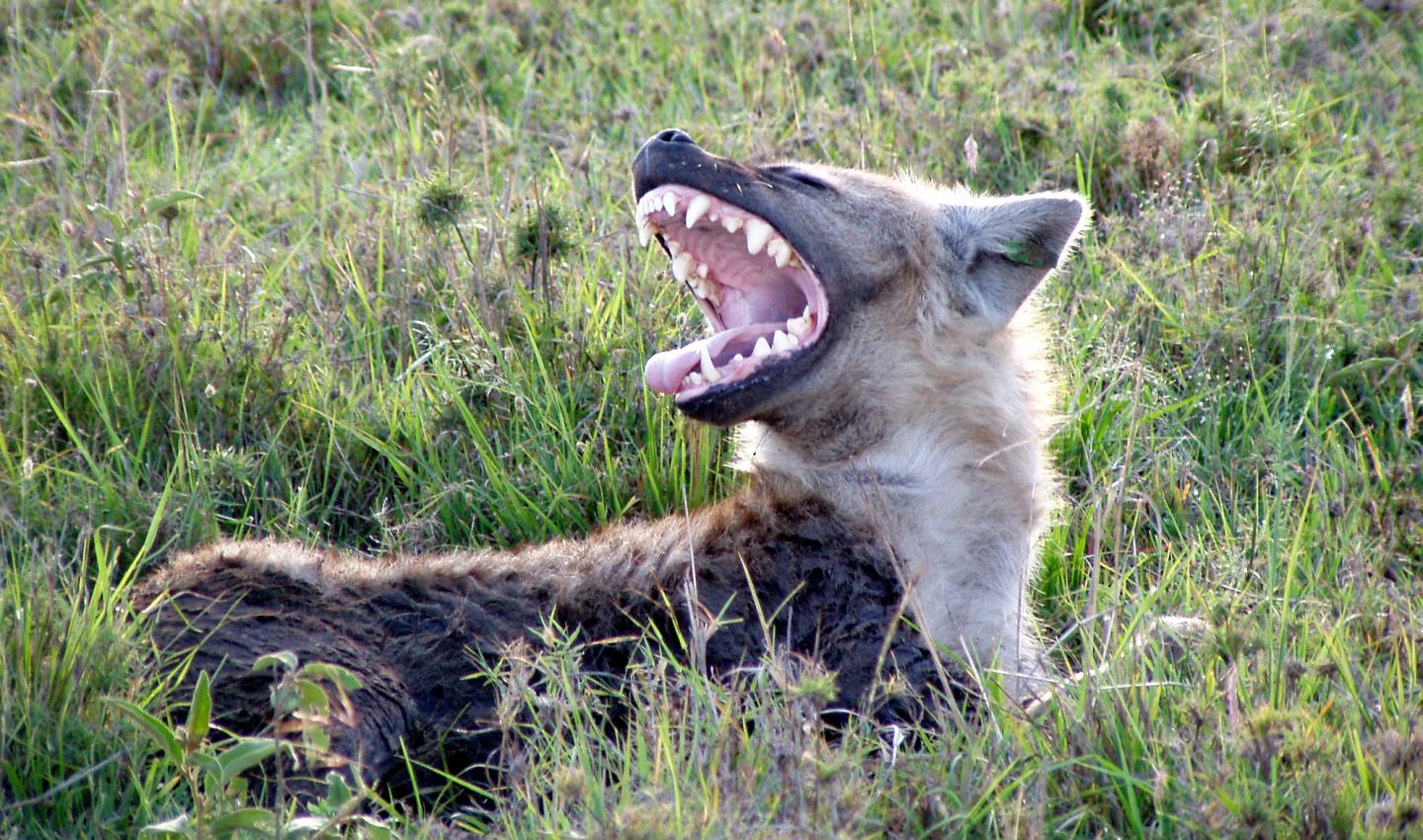
Credit: Courtesy of MSU
EAST LANSING, Mich. – African carnivores face numerous threats from humans. So, it’s a fair assumption that the presence of more humans automatically equates to decreases across the board for carnivores.
New research led by Michigan State University and published in the current issue of Ecological Applications, however, shows that’s not always the case. The truth is some species decrease while others increase, which reveals how varying conservation and management policies can impact carnivores.
Matthew Farr, MSU quantitative ecologist and lead author of the study, sought to evaluate how a community of carnivores in Kenya’s Masai Mara National Reserve were influenced by human disturbance and differential management. The Kenyan reserve is divided into two sections by the Mara River. On the western side, known as the Mara Triangle, stricter enforcement policies result in low levels of human disturbance, which work to keep the area relatively pristine. A subsection of the eastern side, known as the Talek region, however, experiences many human incursions, from cattle herders to throngs of tourists. The stark differences are captured by Google Earth, which shows multiple trails carved into the Talek region where cattle commute to graze.
“Lions have responded negatively to the increased human activity, and sightings have decreased in the Talek region,” Farr said. “On the other hand, hyenas are thriving in disturbed Talek. We were interested in understanding how other species may be responding to these anthropogenic changes and how the carnivore community as a whole is faring.”
Farr teamed up with MSU scientists Elise Zipkin, Kay Holekamp, Gary Roloff and David Green (now at Oregon State University), to examine how human disturbance influences the carnivore community. The team observed nine other carnivores, including banded mongooses, bat-eared foxes, black-backed jackals, cheetahs, slender mongooses, leopards, caracals, servals and side-striped jackals, in addition to lions and hyenas.
“Analyzing data for a full community is tricky,” Zipkin said. “Many carnivore species are rare and difficult to detect, but we wanted to use all the information we had to get a full picture of the effects of human disturbance.”
Using records from all observations, the team created a model, linking abundance data for each species. The shared information across the carnivore community helped inform the model for the rarer animals, where data are sparse. It was this model, in fact, that confirmed the discrepancies between individual species’ responses to human disturbance.
“Our model indicated that passive enforcement of wildlife regulations and policies in the Talek region is having adverse effects on many of the carnivores,” Farr said. “Specifically, bat-eared foxes, leopards, lions and servals are suffering when compared to the active-enforcement approach within the Mara Triangle.”
However, the model also showed that carnivores don’t react uniformly to blanket conservation policy. Hyenas and black-backed jackals are thriving in the Talek region in the face of high human disturbance.
“By taking a community-wide approach rather than focusing on a single species, we avoided overlooking important intra-community variability that showed some carnivores benefiting from lax management.” Farr said. “However, even if some species increase in response to anthropogenic disturbance, that may not necessarily be a good thing as there might be other unintended consequences to the ecosystem.”
Land managers now have important information on how management practices can differentially affect carnivores. The results from this research will help drive conservation efforts in the Talek region, which are already improving due to changes in management. The number of cattle grazing has been drastically reduced, and the lions are starting to return to the region.
###
(Editor’s note: Please include a link to the original paper in online coverage: https:/
Michigan State University has been working to advance the common good in uncommon ways for 160 years. One of the top research universities in the world, MSU focuses its vast resources on creating solutions to some of the world’s most pressing challenges, while providing life-changing opportunities to a diverse and inclusive academic community through more than 200 programs of study in 17 degree-granting colleges.
For MSU news on the Web, go to MSUToday. Follow MSU News on Twitter at twitter.com/MSUnews.
Media Contact
Layne Cameron
[email protected]
Original Source
http://go.




